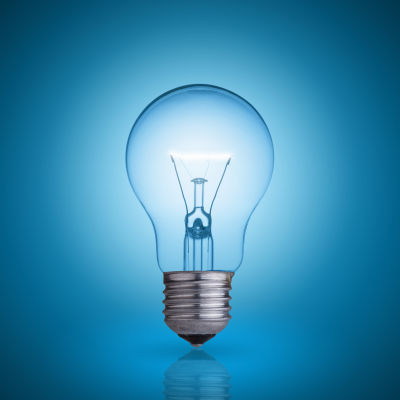Buffalo Tungsten LED Lighting Upgrade
Buffalo Tungsten has recently upgraded lighting in our factory to LED fixtures. The change saves a substantial amount of electricity. “LEDs use up to 90% less energy and last up to 25 times longer than traditional incandescent bulbs” according to a US Department of Energy information page on LED lighting. It has also made a noticeable difference in the brightness of our factory.

There is a bit of irony in a tungsten factory is making an LED lighting upgrade. One one of the most widely known applications of tungsten is as a filament for the incandescent lightbulb. Some of the history of tungsten in lighting is in this article from the Institute of Electrical and Electronics Engineers. With the advent of LED lighting, the incandescent bulb is largely a thing of the past. General Electric closed their tungsten powder plant in Euclid, Ohio several years ago. For many years this plant made tungsten wire for the iconic GE light bulbs, which trace their roots back to Thomas Edison.
LED Lighting Upgrade More Efficient
This article from LED Lighting Info explains why the tungsten filament is inefficient. It states “around 90% of an incandescent bulb’s electricity supply is wasted as heat, with a measly 10% actually being used to create light. This is because the tungsten filament inside an incandescent bulb needs to be heated to around 4600 degrees Fahrenheit to produce light.” It further goes on to explain that “when a 100-watt lamp is turned on, 100 watts of electrical energy is converted to 100 watts of light and heat. As incandescent bulbs are incredibly inefficient and have a luminous efficiency of 2-3%, this usually translates as 98 watts of heat and 2 watts of light.”
The LED lighting upgrade also increases safety in our plant. Forklifts are easier to see as they move about the factory floor. Production equipment is easier to load and unload. It is easier to read tags and labels on our inventory, reducing eye strain.
While the tungsten powder market remains strong, it has shifted from lighting to other applications. With our transition to LED bulbs and fixtures complete, we sadly leave the tungsten filament behind.

